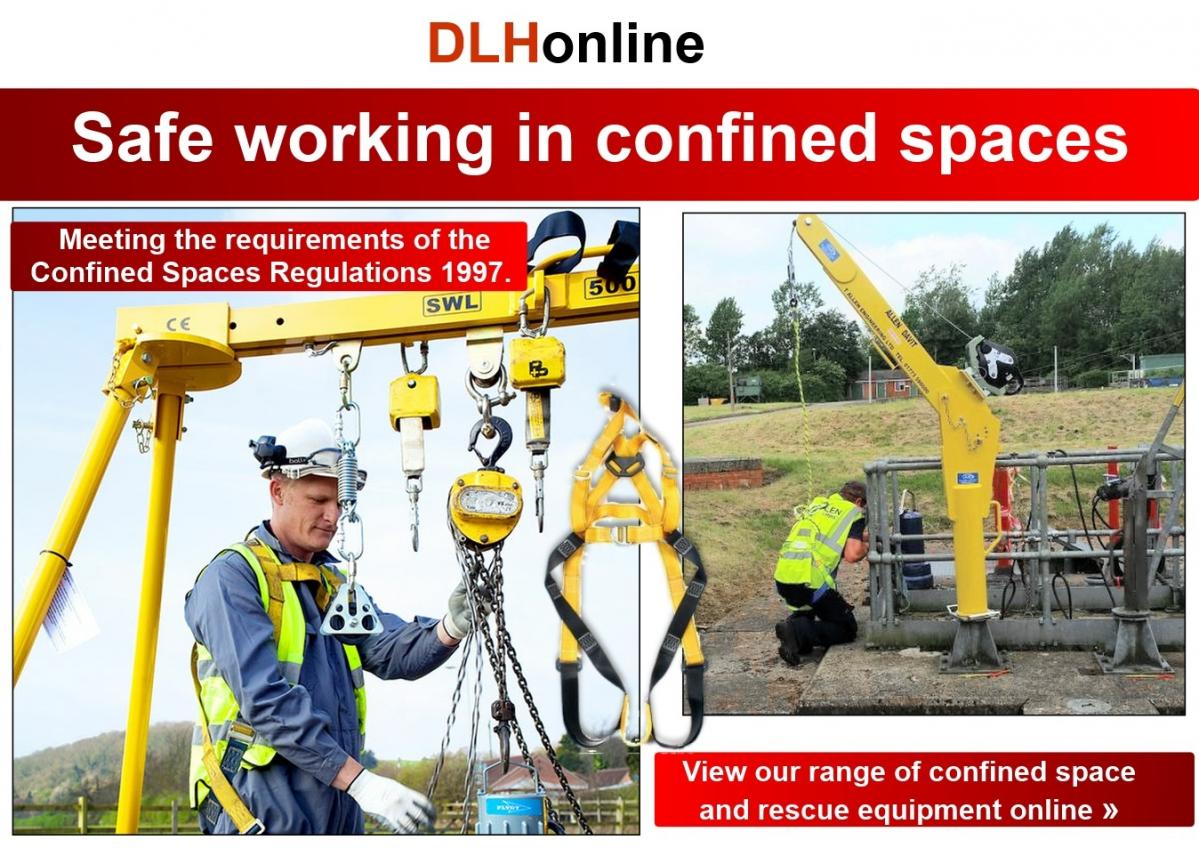Confined spaces can be deadly
A number of people are killed or seriously injured in confined spaces each year in the UK. This happens in a wide range of industries, from those involving complex plants to simple storage vessels. Those killed include people working in the confined space and those who try to rescue them without proper training and equipment.
What is a confined space?
It can be any space of an enclosed nature where there is a risk of death or serious injury from hazardous substances or dangerous conditions (eg lack of oxygen). Some confined spaces are fairly easy to identify, eg enclosures with limited openings:
■ storage tanks;
■ silos;
■ reaction vessels;
■ enclosed drains;
■ sewers.
Others may be less obvious, but can be equally dangerous, for example:
■ open-topped chambers;
■ vats;
■ combustion chambers in furnaces etc;
■ ductwork;
■ unventilated or poorly ventilated rooms.
It is not possible to provide a comprehensive list of confined spaces. Some places may become confined spaces when work is carried out, or during their construction, fabrication or subsequent modification.
What the law says
You must carry out a suitable and sufficient assessment of the risks for all work activities to decide what measures are necessary for safety (under the Management of Health and Safety at Work Regulations 1999, regulation 3). For work in confined spaces, this means identifying the hazards present, assessing the risks and determining what precautions to take. In most cases, the assessment will include consideration of:
■ the task;
■ the working environment;
■ working materials and tools;
■ the suitability of those carrying out the task;
■ arrangements for emergency rescue.

